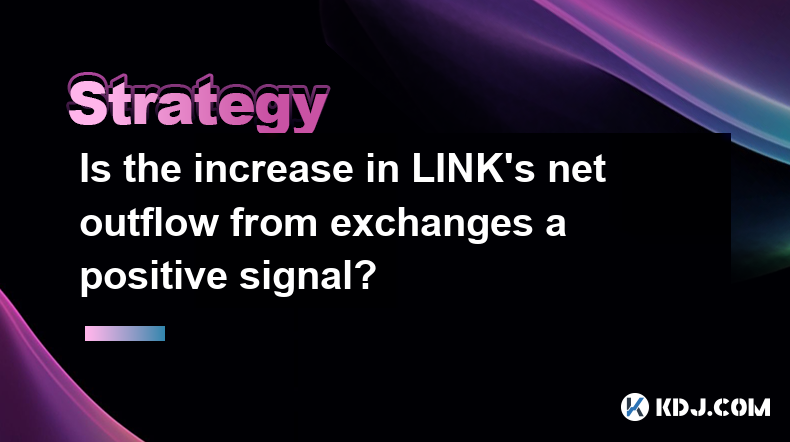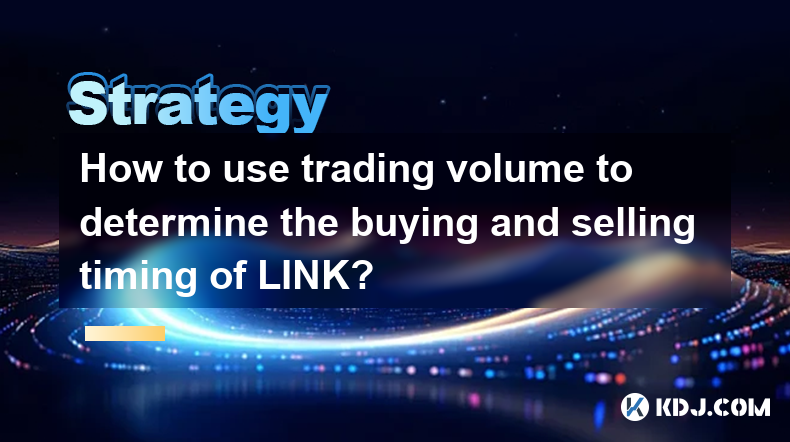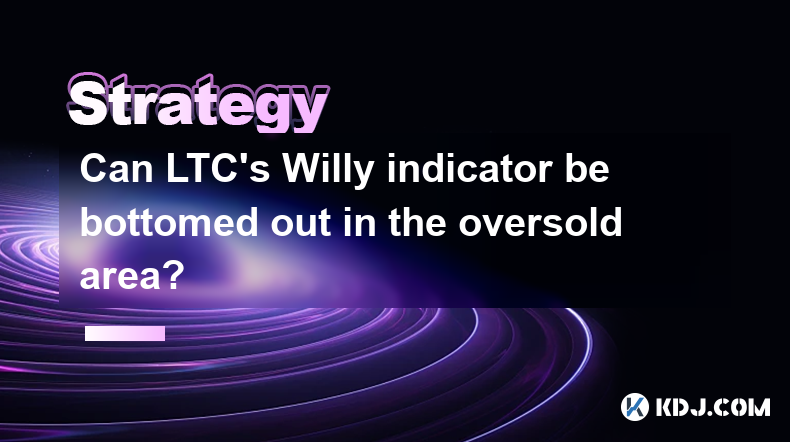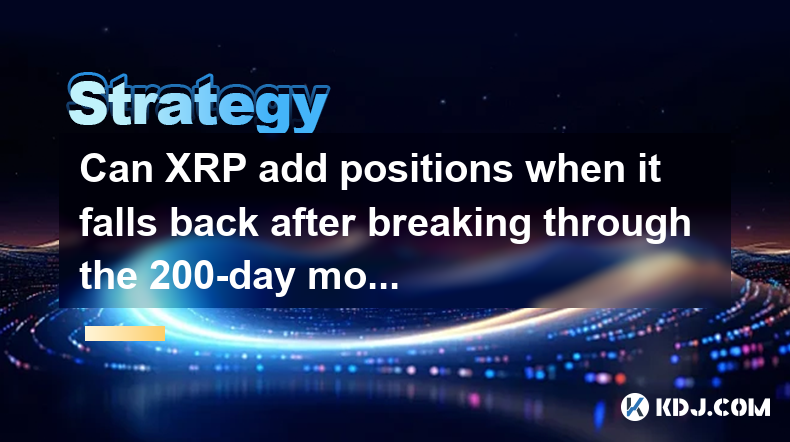-
 Bitcoin
Bitcoin $94,657.5197
1.44% -
 Ethereum
Ethereum $1,796.0533
1.40% -
 Tether USDt
Tether USDt $1.0004
0.01% -
 XRP
XRP $2.2001
0.50% -
 BNB
BNB $602.6019
-0.81% -
 Solana
Solana $151.3313
-0.59% -
 USDC
USDC $0.9999
0.01% -
 Dogecoin
Dogecoin $0.1860
3.02% -
 Cardano
Cardano $0.7212
0.83% -
 TRON
TRON $0.2454
0.79% -
 Sui
Sui $3.5891
1.43% -
 Chainlink
Chainlink $15.0431
0.07% -
 Avalanche
Avalanche $22.4320
0.97% -
 Stellar
Stellar $0.2925
4.81% -
 Shiba Inu
Shiba Inu $0.0...01476
6.02% -
 UNUS SED LEO
UNUS SED LEO $9.0607
-2.03% -
 Hedera
Hedera $0.1961
4.24% -
 Toncoin
Toncoin $3.2324
-0.40% -
 Bitcoin Cash
Bitcoin Cash $369.9542
2.21% -
 Polkadot
Polkadot $4.2712
-1.15% -
 Litecoin
Litecoin $87.1523
3.44% -
 Hyperliquid
Hyperliquid $18.0910
-2.58% -
 Dai
Dai $1.0000
0.00% -
 Bitget Token
Bitget Token $4.4638
0.49% -
 Ethena USDe
Ethena USDe $0.9996
0.00% -
 Pi
Pi $0.6517
-0.09% -
 Monero
Monero $227.3153
-0.42% -
 Pepe
Pepe $0.0...09527
8.99% -
 Uniswap
Uniswap $5.9093
1.69% -
 Aptos
Aptos $5.5731
-0.07%
How to invest in virtual currency for newbies
New virtual currency investors should prioritize diversifying their portfolios to mitigate risk and maximize potential returns.
Jan 09, 2025 at 02:46 pm

Key Points in Investing in Virtual Currency for Newbies
- Determine your investment goals and risk tolerance
- Research and select reputable exchanges
- Understand different types of virtual currencies
- Create a diversified portfolio
- Manage your investments and track performance
- Consider crypto ETFs and mutual funds
- Protect your investments with security measures
1. Determine Your Investment Goals and Risk Tolerance
Before investing in virtual currency, it's crucial to define your financial objectives and assess your risk appetite. Determine your investment horizon (short- or long-term) and the amount of capital you're willing to risk. Remember that virtual currency investments can be highly volatile, so it's essential to match your investment strategy with your risk tolerance.
2. Research and Select Reputable Exchanges
Choosing reliable and reputable virtual currency exchanges is paramount. Thoroughly research different platforms, considering factors such as security measures, fees, trading volume, and customer support. Consider exchanges that are regulated or adhere to industry standards to reduce the risk of scams and fraudulent activities.
3. Understand Different Types of Virtual Currencies
The virtual currency landscape is diverse, with numerous types available. Bitcoin, Ethereum, and Litecoin are well-known examples. Each virtual currency has its own characteristics, use cases, and market dynamics. Educate yourself about different types to make informed investment decisions based on their potential, risks, and market trends.
4. Create a Diversified Portfolio
Diversification is a fundamental principle in investing. Don't put all your eggs in one basket. Diversify your portfolio by investing in multiple virtual currencies, representing different sectors, asset classes, and market caps. By doing so, you can reduce the overall risk exposure and improve the chances of mitigating losses.
5. Manage Your Investments and Track Performance
Regularly monitor your investments and make adjustments as needed. Keep yourself informed about market movements, regulation updates, and technological developments. Adjust your portfolio allocation if necessary, based on changes in your risk tolerance, market dynamics, and new investment opportunities.
6. Consider Crypto ETFs and Mutual Funds
For those seeking a more traditional investment approach, crypto ETFs (exchange-traded funds) and mutual funds provide an alternative option. These funds offer exposure to a basket of virtual currencies, providing diversification and convenience for investors. However, it's essential to research and select funds with low management fees and reputable fund managers.
7. Protect Your Investments with Security Measures
Cybersecurity is vital in the virtual currency world. Store your virtual currency assets in secure hardware wallets or regulated exchanges that employ advanced encryption and security protocols. Implement multi-factor authentication and avoid storing sensitive information on connected devices. Being vigilant and using robust security measures can protect your investments from hacking and theft.
FAQs
Q: What's the minimum amount I need to invest in virtual currency?
A: The minimum investment amount varies depending on the virtual currency and exchange. Some exchanges allow fractional investments, while others may have a minimum deposit requirement.
Q: How long does it take to learn about virtual currency investing?
A: The time it takes to learn about virtual currency investing varies based on your prior knowledge and the depth of understanding you seek. Start with reputable resources and gradually expand your knowledge through books, articles, courses, and engaging with online communities.
Q: What are the most important factors to consider when investing in virtual currency?
A: Key factors to consider include your investment goals, risk tolerance, research on different virtual currencies, market trends, diversification, security measures, and understanding the underlying technology and its potential impact on the market.
Q: Is it possible to lose all my investment in virtual currency?
A: Yes, virtual currency investments are subject to market fluctuations and inherent risks. It's important to invest only what you can afford to lose and to diversify your portfolio to mitigate potential losses.
Q: What are the advantages of investing in virtual currency?
A: Potential benefits of virtual currency investments include market growth opportunities, diversification, technological innovation, and potential for high returns. However, it's important to remain aware of the volatility and risks involved.
Disclaimer:info@kdj.com
The information provided is not trading advice. kdj.com does not assume any responsibility for any investments made based on the information provided in this article. Cryptocurrencies are highly volatile and it is highly recommended that you invest with caution after thorough research!
If you believe that the content used on this website infringes your copyright, please contact us immediately (info@kdj.com) and we will delete it promptly.
- Bitcoin (BTC) Price Action Signals the Potential Start of a Major Recovery Rally
- 2025-04-26 15:15:13
- Codename: Pepe Crypto is Fascinating the Crypto World Now that Market Excitement is Increasing
- 2025-04-26 15:15:13
- A new global initiative Accelerator of Blockchain for Good Alliance has been launched
- 2025-04-26 15:10:13
- Token-Shuffle: Scaling Autoregressive Models to High-Resolution Images
- 2025-04-26 15:10:13
- Could XRP Really Hit $100? Unveiling the Future of This Controversial Cryptocurrency
- 2025-04-26 15:05:13
- XRP Is at a Critical Point Because It Has Remained in a Vital Support Region
- 2025-04-26 15:05:13
Related knowledge

What does the surge in SOL's cross-chain bridge inflows represent?
Apr 25,2025 at 09:00am
The recent surge in SOL's cross-chain bridge inflows represents a significant trend within the cryptocurrency ecosystem, particularly for Solana (SOL). This phenomenon highlights increased activity and interest in moving assets from other blockchains to Solana, indicating growing confidence in its network and ecosystem. Cross-chain bridges are essential...

Is the increase in LINK's net outflow from exchanges a positive signal?
Apr 24,2025 at 02:35pm
The recent increase in LINK's net outflow from exchanges has sparked discussions within the cryptocurrency community about its implications for the token's future performance. LINK, the native token of the Chainlink decentralized oracle network, has seen a notable shift in its net outflow from exchanges, which many interpret as a positive signal. This a...

Is LTC's UTXO age distribution useful for judging buying and selling points?
Apr 23,2025 at 05:42pm
Is LTC's UTXO age distribution useful for judging buying and selling points? Understanding the UTXO (Unspent Transaction Output) age distribution of Litecoin (LTC) can provide valuable insights into the behavior of its holders and potentially help in making informed decisions about buying and selling points. The UTXO age distribution refers to the age o...

How to use trading volume to determine the buying and selling timing of LINK?
Apr 25,2025 at 02:07am
How to Use Trading Volume to Determine the Buying and Selling Timing of LINK? Trading volume is a crucial metric in the cryptocurrency market that can provide valuable insights into the buying and selling behavior of traders. When it comes to Chainlink (LINK), understanding how to analyze trading volume can help you make more informed decisions about wh...

Can LTC's Willy indicator be bottomed out in the oversold area?
Apr 24,2025 at 01:43pm
Understanding the Willy IndicatorThe Willy indicator, also known as the Willy ratio, is a technical analysis tool used in the cryptocurrency market to gauge the sentiment of a particular asset, in this case, Litecoin (LTC). It is calculated by dividing the total trading volume of an asset by its market capitalization. The resulting ratio helps traders u...

Can XRP add positions when it falls back after breaking through the 200-day moving average?
Apr 25,2025 at 04:49pm
The question of whether to add positions to XRP after it breaks through the 200-day moving average and subsequently falls back is a common dilemma faced by many cryptocurrency traders. The 200-day moving average is a widely recognized technical indicator used to assess the long-term trend of an asset. When XRP breaks above this level, it is often seen a...

What does the surge in SOL's cross-chain bridge inflows represent?
Apr 25,2025 at 09:00am
The recent surge in SOL's cross-chain bridge inflows represents a significant trend within the cryptocurrency ecosystem, particularly for Solana (SOL). This phenomenon highlights increased activity and interest in moving assets from other blockchains to Solana, indicating growing confidence in its network and ecosystem. Cross-chain bridges are essential...

Is the increase in LINK's net outflow from exchanges a positive signal?
Apr 24,2025 at 02:35pm
The recent increase in LINK's net outflow from exchanges has sparked discussions within the cryptocurrency community about its implications for the token's future performance. LINK, the native token of the Chainlink decentralized oracle network, has seen a notable shift in its net outflow from exchanges, which many interpret as a positive signal. This a...

Is LTC's UTXO age distribution useful for judging buying and selling points?
Apr 23,2025 at 05:42pm
Is LTC's UTXO age distribution useful for judging buying and selling points? Understanding the UTXO (Unspent Transaction Output) age distribution of Litecoin (LTC) can provide valuable insights into the behavior of its holders and potentially help in making informed decisions about buying and selling points. The UTXO age distribution refers to the age o...

How to use trading volume to determine the buying and selling timing of LINK?
Apr 25,2025 at 02:07am
How to Use Trading Volume to Determine the Buying and Selling Timing of LINK? Trading volume is a crucial metric in the cryptocurrency market that can provide valuable insights into the buying and selling behavior of traders. When it comes to Chainlink (LINK), understanding how to analyze trading volume can help you make more informed decisions about wh...

Can LTC's Willy indicator be bottomed out in the oversold area?
Apr 24,2025 at 01:43pm
Understanding the Willy IndicatorThe Willy indicator, also known as the Willy ratio, is a technical analysis tool used in the cryptocurrency market to gauge the sentiment of a particular asset, in this case, Litecoin (LTC). It is calculated by dividing the total trading volume of an asset by its market capitalization. The resulting ratio helps traders u...

Can XRP add positions when it falls back after breaking through the 200-day moving average?
Apr 25,2025 at 04:49pm
The question of whether to add positions to XRP after it breaks through the 200-day moving average and subsequently falls back is a common dilemma faced by many cryptocurrency traders. The 200-day moving average is a widely recognized technical indicator used to assess the long-term trend of an asset. When XRP breaks above this level, it is often seen a...
See all articles






















![Trading is to follow [Review Video] Gold Bitcoin Crude Oil Orders Make Profits! Trading is to follow [Review Video] Gold Bitcoin Crude Oil Orders Make Profits!](/uploads/2025/04/26/cryptocurrencies-news/videos/trading-follow-review-video-gold-bitcoin-crude-oil-profits/image-1.webp)































































